As the longest day and shortest night of the year approaches in the Northern Hemisphere, most of us are experiencing a time of warmth, light, and abundant natural beauty. Summer Solstice, also known as Midsummer or Litha, happens around the 20th to the 23rd of June. The summer solstice offers a wonderful opportunity to celebrate the changing seasons and connect with nature right in your own backyard. We have celebrated Summer Solstice with the children for many years and we all look forward to the fun activities and traditions we have created. In this blog post I will explore the significance of the summer solstice and how it can be celebrated at home with children. I will also link to resources I have used over the years for celebration ideas and to help me explain what is happening during our Home Education lessons.
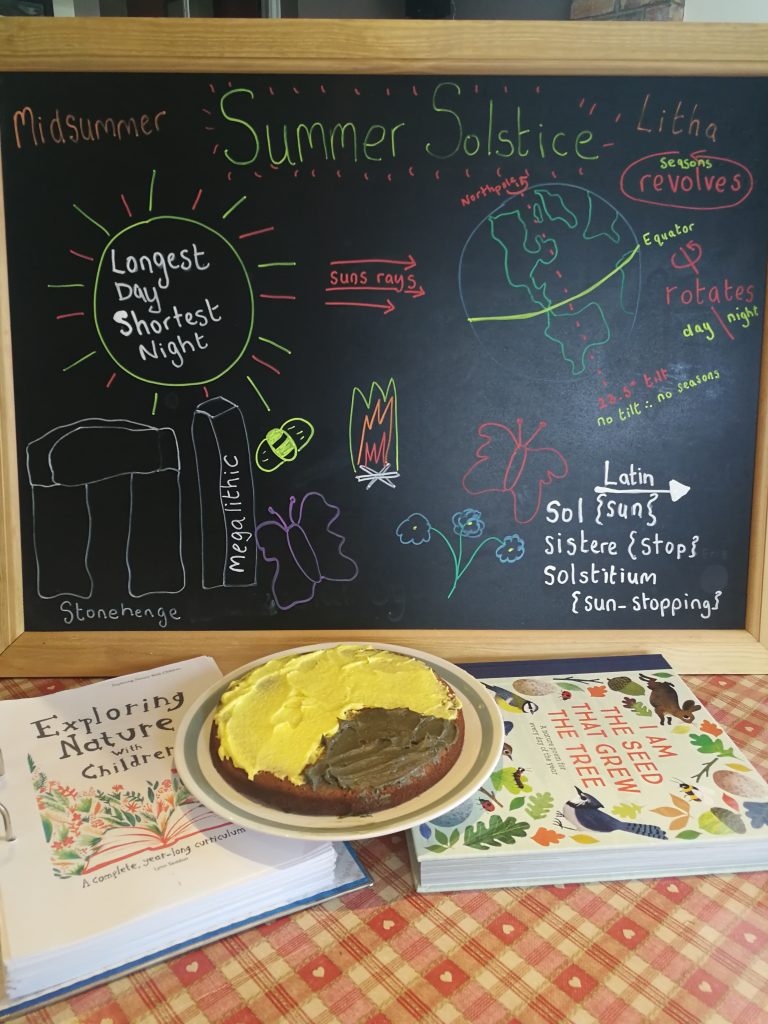
This post contains affiliate links, which means Barefoot Bliss and Books make a small commission at no extra cost to you. See the full disclosure here.
What is the Summer Solstice?
The Summer Solstice is a Quarter Sabbat in the Wheel of the Year and, as all quarter sabbats are, is determined by the position of the sun in the sky relative to the Earth’s equator. The summer solstice heralds the official start of summer and marks the day when the sun reaches its highest point in the sky, resulting in the longest period of daylight and the shortest night of the year. In the Northern Hemisphere, it typically occurs around June 20th or 21st. This astronomical event has been celebrated by cultures around the world for thousands of years, often as a symbol of renewal, abundance, and the triumph of light over darkness.
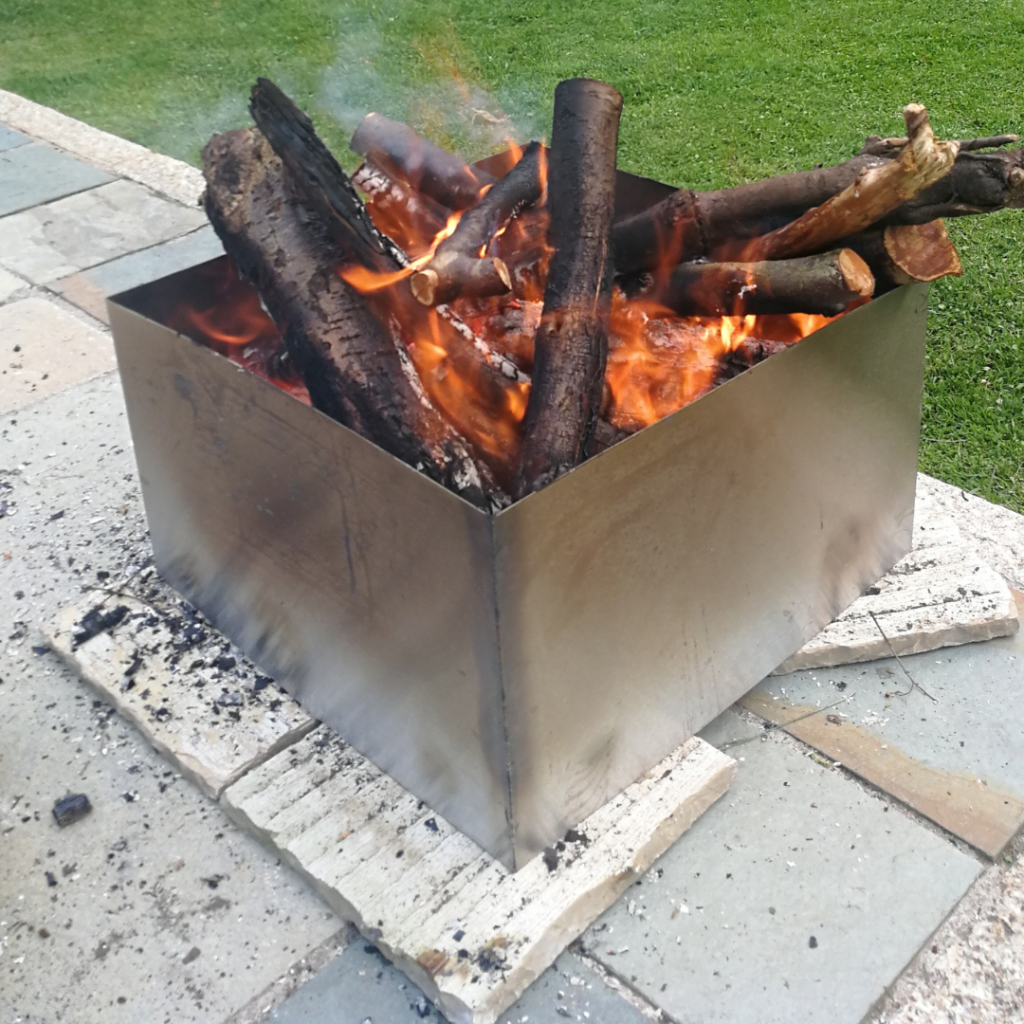
Celebrating at Home with Children:
When discussing Summer Solstice with your children you can take a walk outdoors with them and ask them to notice the changes in the weather and the amount of daylight. Use some of the resources listed below to discuss the reason for the solstice at an age appropriate level for your child.
As with all the festivals in the Wheel of the Year there are colours, foods and decorations associated with the Summer Solstice.
Colours: Gold, Orange and Yellow
Foods: Berries, Watermelon, Citrus, Vegetables
Decorations: Sun Symbols, Seashells, Fairies, Flowers
By incorporating these colours, foods and decorations there are lots of fun and easy activities that children can take part in when celebrating the Summer Solstice.
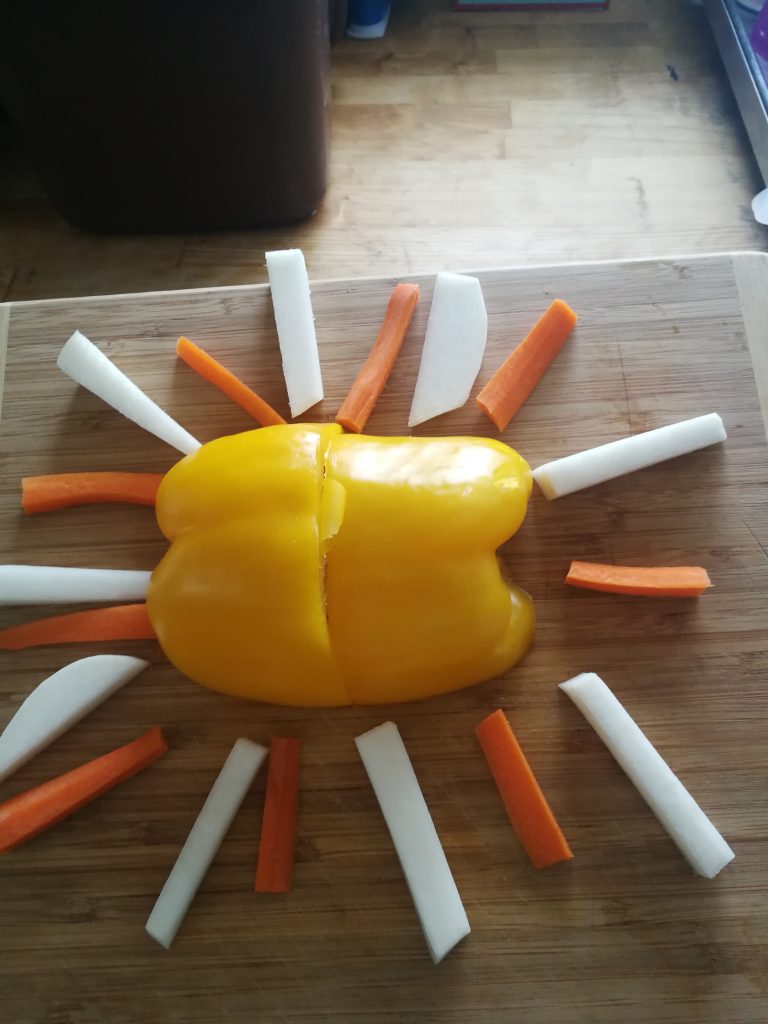
Sunrise Celebration:
Why not begin the day with a sunrise celebration. Head to a local viewpoint or simply enjoy the sunrise from your garden. Encourage your children to observe the changing colors of the sky and share their thoughts about the beauty of the morning. Perhaps they could add a journal entry of the sunrise.
Sun-themed Crafts and Baking:
Get creative with your children by making sun-themed crafts to celebrate the summer solstice. From paper plate suns to sun catchers made with colorful beads and ribbons, there are countless craft ideas that capture the warmth and radiance of the sun. If your children, like mine, are more interested in baking why not make a Solstice Cake or Cupcakes using the icing to show the number of hours of day and night.
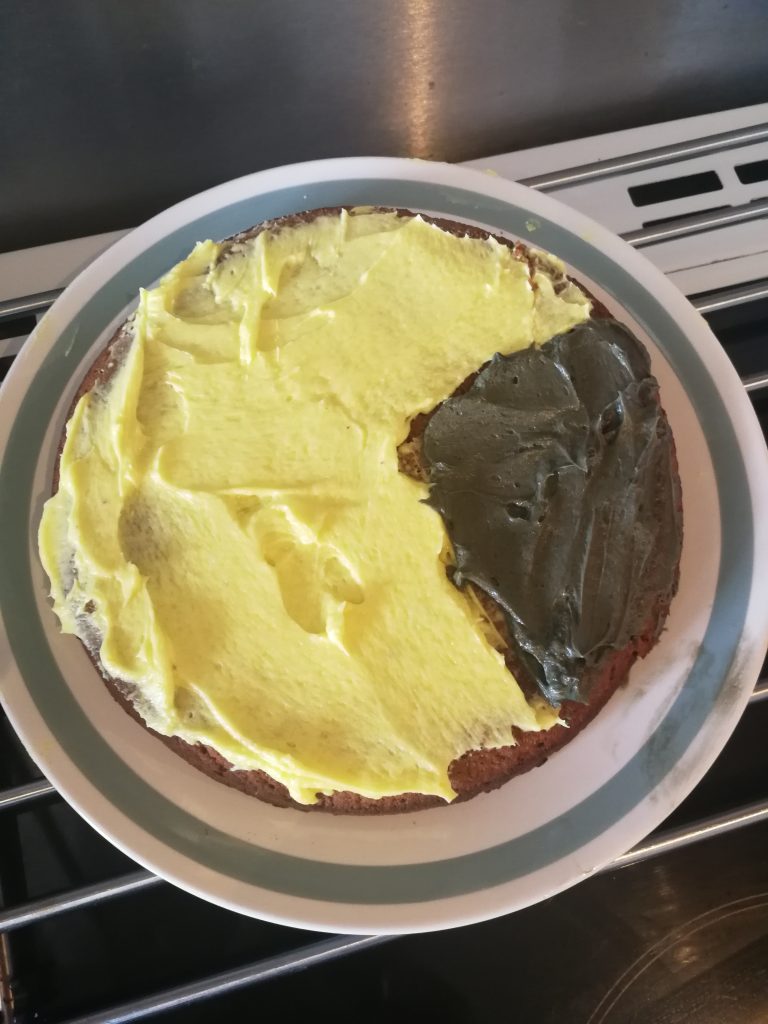
Outdoor Picnic / BBQ and Firepit:
Take advantage of the long daylight hours and pleasant weather by hosting an outdoor picnic or BBQ in your backyard or local park. Prepare seasonal dishes featuring fresh fruits, vegetables, and grilled favorites, and encourage your children to help with the preparation. We dug up our first potatoes of the year on Solstice night and grilled them with peppers and halloumi cheese on our firepit. It was a big hit with the children and the adults.
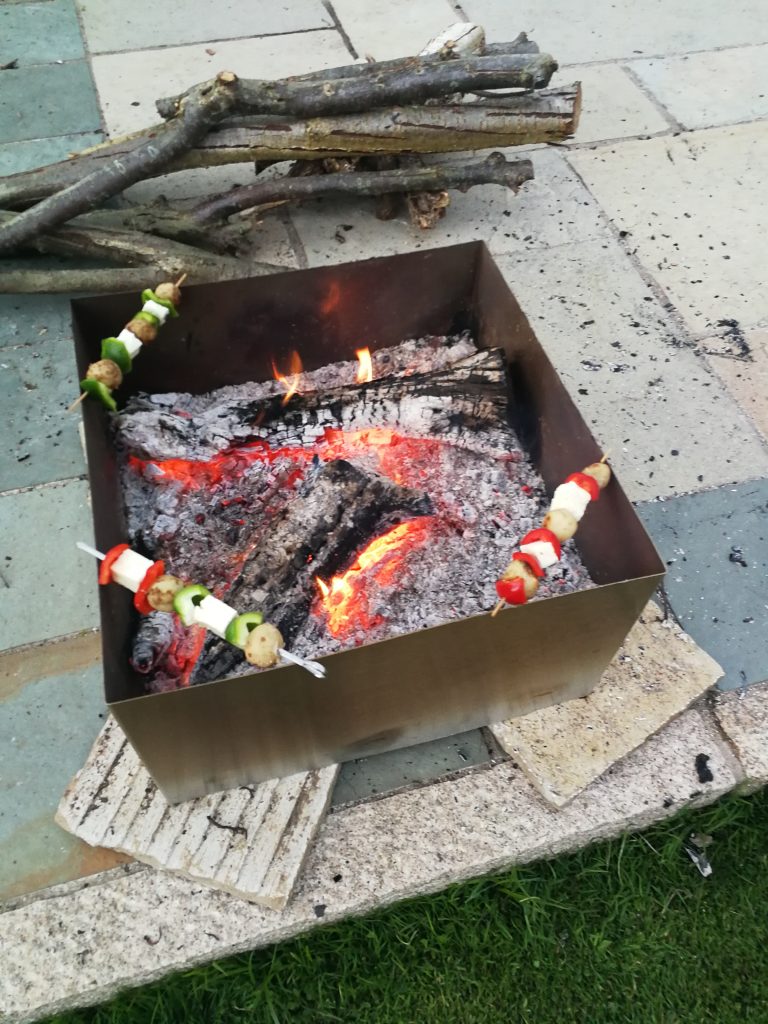
Nature Walk and Scavenger Hunt:
Embark on a nature walk with your children to explore the wonders of the outdoors and observe the signs of summer. Create a scavenger hunt checklist featuring items such as blooming flowers, chirping birds, and buzzing insects. Encourage your children to use their senses to connect with nature, listening for the sounds of the season and feeling the warmth of the sun on their skin. Take time to appreciate the beauty and diversity of the natural world, and encourage your children to ask questions and share their observations.
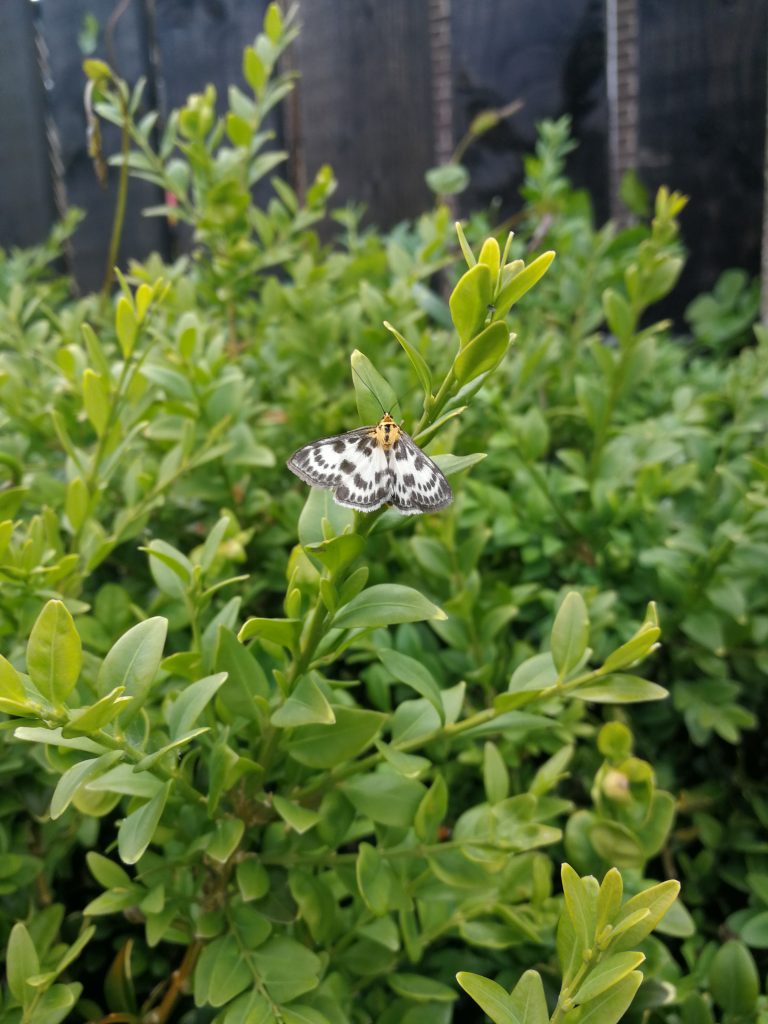
Yoga and Mindfulness:
If it’s something your family enjoys why not practice outdoor yoga or mindfulness exercises in a peaceful spot, harnessing the calming energy of nature. Encourage children to participate in simple stretches, deep breaths, and quiet moments of reflection.
Storytelling Session:
Choose stories that celebrate the sun, warmth, and the beauty of summer. It could be folktales, myths, or contemporary children’s books that capture the essence of the season. We read from the books listed below. Gather around, share stories, and let the imagination soar.
Sunset Reflections:
As the day winds down, find a serene spot to watch the sunset together. Encourage children to share their reflections on the day, expressing gratitude for the warmth, light, and experiences shared.
Summer Solstice Events
Perhaps you would rather celebrate Summer Solstice away from home. One of the most iconic celebrations of the summer solstice takes place at Stonehenge. Stonehenge attracts thousands of visitors who gather to watch the sunrise over the HeleStone, a truly magical experience on the longest day of the year. We have never visited Stonehenge but it is on my bucketlist.
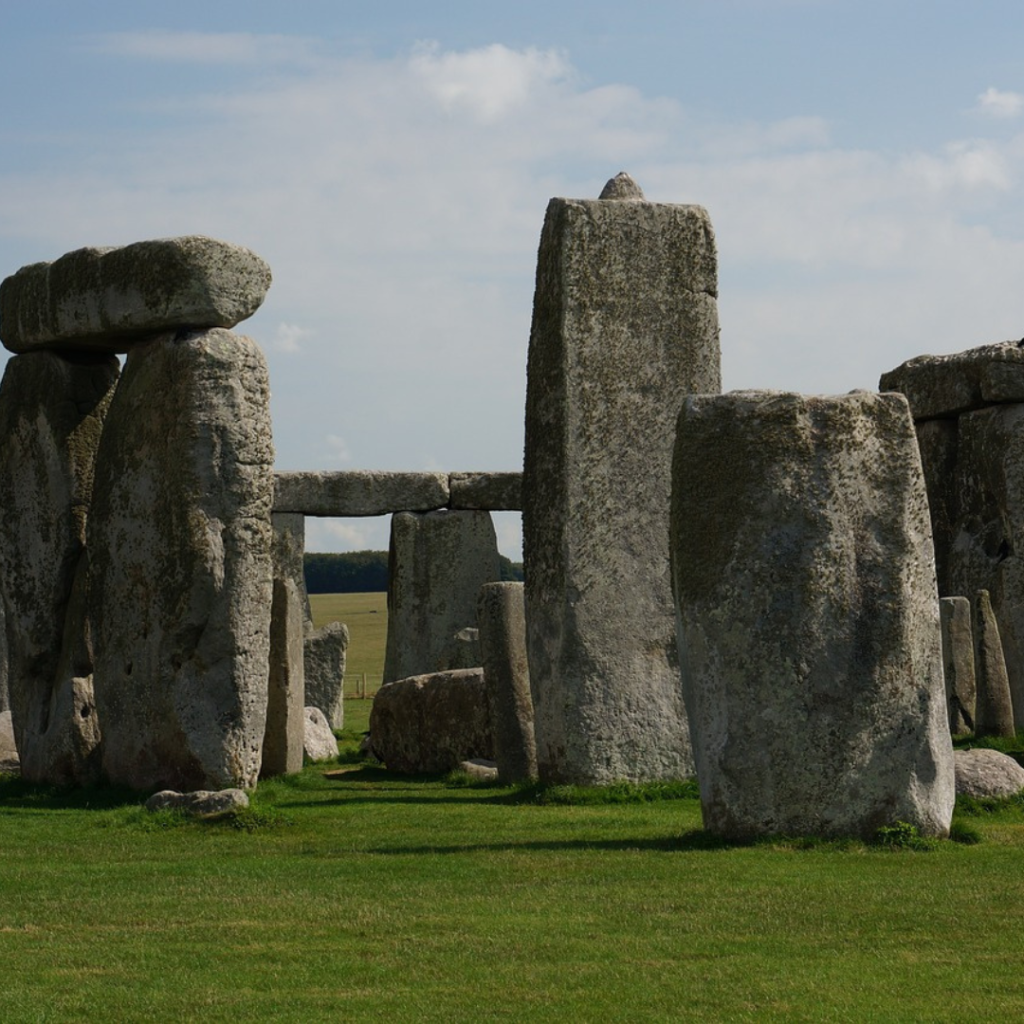
Books for Discussing Summer Solstice
“The Reasons for the Seasons” by Gail Gibbons is an educational children’s book that explains the science behind the changing seasons. Through engaging illustrations and clear text, it describes how the tilt of the Earth’s axis and its orbit around the Sun cause the variations in weather and daylight throughout the year. This book provides a simple yet informative introduction to a fundamental concept in Earth science, making it accessible and enjoyable for young readers.
“The Longest Day: Celebrating the Summer Solstice” by Wendy Pfeffer is a children’s book that explains the science and cultural significance of the summer solstice. Through vibrant illustrations and engaging text, it explores how different cultures celebrate this longest day of the year, providing a blend of scientific explanation and cultural storytelling. The book aims to educate young readers about the importance of the summer solstice in a fun and accessible way.
Books for Stories and Celebration Ideas for Summer Solstice
“Telling the Seasons: Stories, Celebrations and Folklore around the Year” by Martin Maudsley is a vibrant guide that takes readers through the year with tales, customs, and celebrations tied to each season. It features myths, legends, songs, recipes, and rhymes, capturing the essence of nature and folklore from the British Isles. The book blends storytelling with cultural traditions, making it an engaging read for both children and adults interested in the natural world and seasonal festivities.
“Festivals, Family and Food” by Judy Large is a comprehensive guide that explores seasonal celebrations throughout the year. The book features stories, songs, recipes, crafts, and activities for various festivals, such as Christmas, Easter, and Martinmas. Illustrated by Cornelie Morris and Sylvia Mehta, it aims to enrich family and community life by reviving traditional customs and introducing fun, educational activities. This resource is ideal for families and educators seeking to incorporate cultural and seasonal festivities into their routines.
What will you do for Summer Solstice?
As you can see the Summer Solstice provides a golden opportunity to celebrate the beauty of the season with children. Through a blend of outdoor activities, crafts, and moments of reflection, we can instill a love for nature and create cherished memories that will linger long after the sun sets on this longest day. I know my children look forward to celebrating every year. Embrace the warmth, soak in the sun, and revel in the magic of the Summer Solstice with your little ones. Let me know which activities you are going to try out this year in the comments.

One of the activities I always wanted to try but never got round to, is to erect a straight pole and mark its length at exactly 12 noon (remember 12 noon GMT not BST). If you do this a few days before and after summer solstice, the shortest length should be on the solstice, when the sun is at its highest point in the sky.